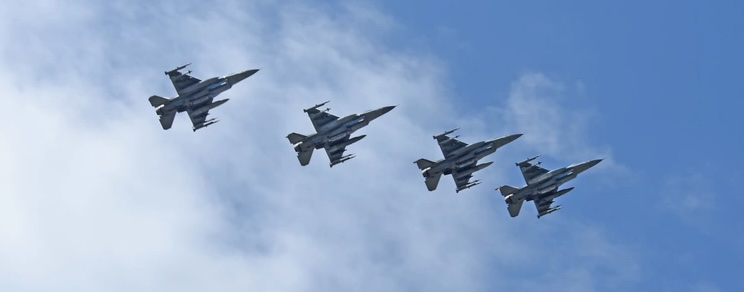Already a subscriber? Make sure to log into your account before viewing this content. You can access your account by hitting the “login” button on the top right corner. Still unable to see the content after signing in? Make sure your card on file is up-to-date.
The Pentagon has confirmed that President Trump loosened restrictions on US military airstrikes and special operations raids.
Some shit you should know before you read: While President Biden was in office, his administration reinstated strict oversight measures on US military airstrikes and special operations, closely mirroring policies from former President Barack Obama’s time in office. These restrictions required military commanders to obtain multiple levels of approval before launching deliberate strikes, including sign-offs from the Joint Chiefs of Staff, intelligence officials, military lawyers, and, in many cases, the president himself. Targets had to be confirmed as members of designated terrorist organizations using at least two independent sources of intelligence, and operations could be halted if any official raised concerns. At the time, Obama and Biden argued that the process was designed to minimize civilian casualties. Additionally, Biden limited strikes primarily to high-ranking terrorist leaders rather than lower-level operatives.

What’s going on now: In a major reversal, the Pentagon has confirmed that President Trump has loosened restrictions on US military airstrikes and special operations, granting commanders greater freedom in authorizing attacks. Defense Secretary Pete Hegseth signed the directive earlier this month during a meeting with US Africa Command, effectively dismantling Biden-era constraints that mandated multi-layered approvals before strikes could be carried out. The new policy allows military leaders in the field to make quicker decisions on targeting suspected militants, broadening the scope beyond just senior terrorist leadership.
In a statement, Secretary Hegseth said, “My job, my job alone, as the secretary of defense, is to ensure he [the president] has the strongest, most capable, most lethal military possible. Heaven forbid we have to use it. It’s meant and built for deterrence. But if we have to, we can close with and destroy our enemies and bring our men and women home with success as quickly as possible.”
A senior Pentagon official, speaking anonymously to CBS News, explained the reasoning behind the shift was to allow the US to strike targets faster without “Washington slowing things down.”
This all comes as the Pentagon undergoes a significant shakeup, with Secretary Hegseth firing multiple military officials, including the top judge advocates general of the Army, Navy, and Air Force. These officials, traditionally seen as apolitical figures responsible for overseeing military legal matters and ensuring compliance with the laws of armed conflict, were dismissed over accusations that they were obstructing the administration’s priorities.






